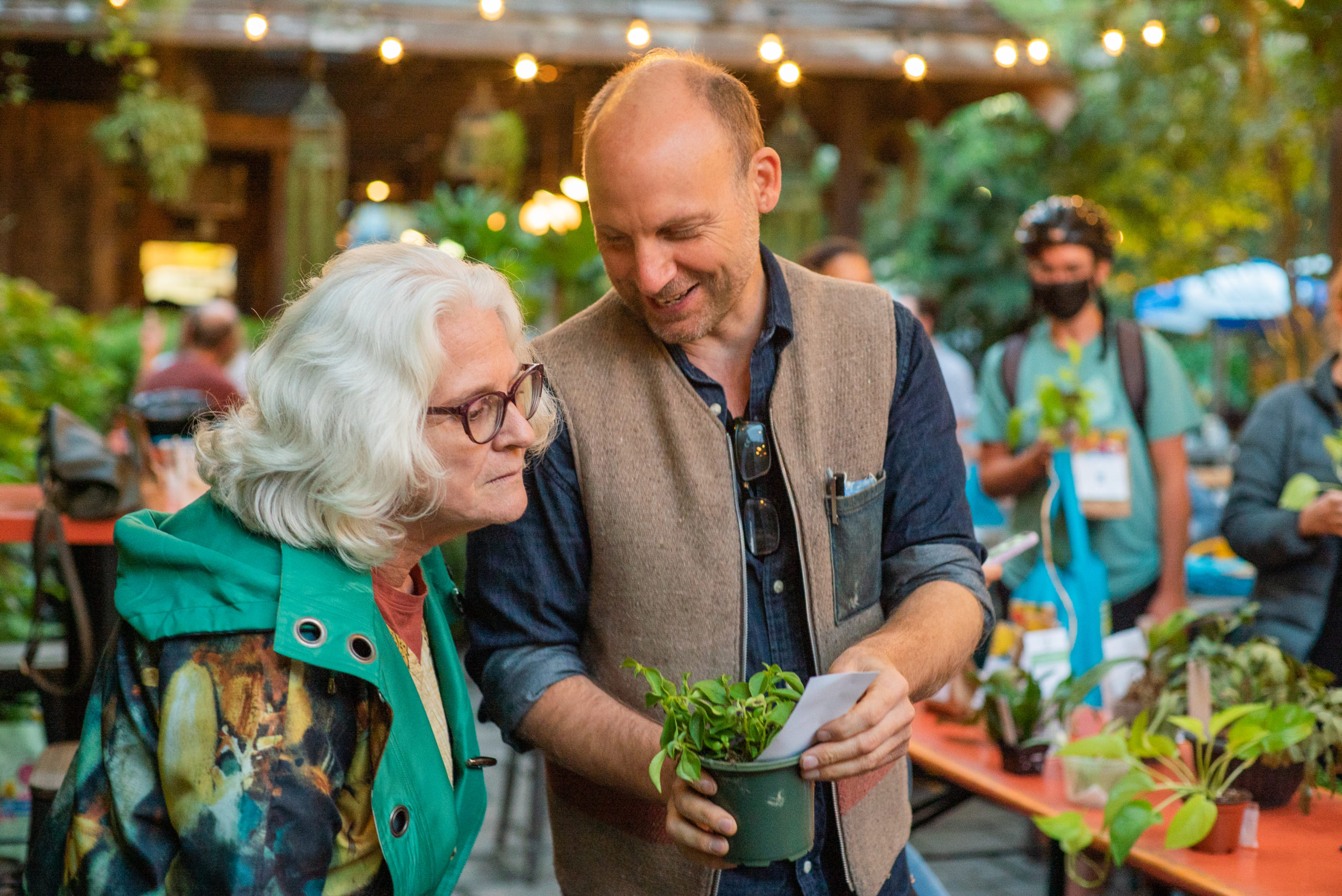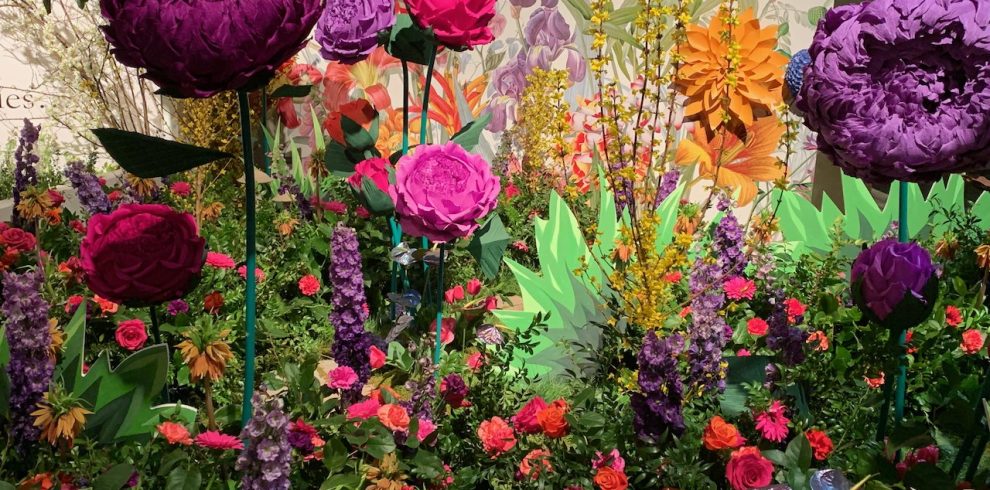gardening
Watershed, Pollinator, and Bird-Friendly Garden Certification Programs
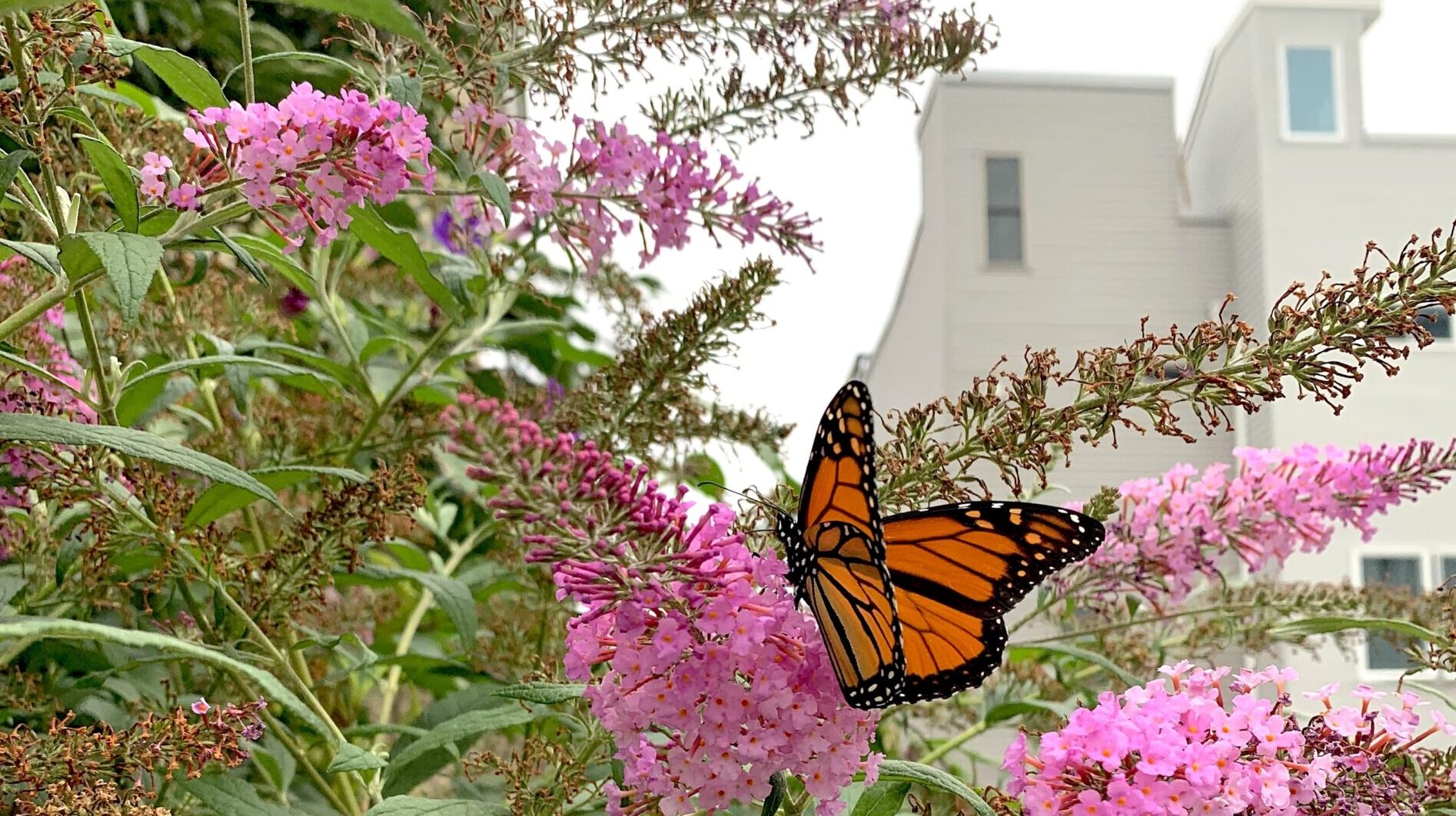
Among the many positive aspects of gardening, is the pride you take in knowing that your efforts support wildlife and pollinators, conserve water, and add to the beauty of the natural environment. To encourage sustainable gardening, we’d like to introduce you to several programs and certifications that you can apply to whether your garden is on a terrace, rooftop, or backyard.
Why Pollinator Gardens?
According to the Pennsylvania Horticulture Society (PHS), pollination is essential to life on earth. 90% of plants, including fruits and vegetables, rely on pollinators to produce fruit and seeds. Without these animals, life on Earth would be drastically different.
The monarch butterfly was once common all across the country but is now at risk of extinction. Pollinator-friendly habitats in backyards, balconies, and along sidewalks help bring this species back from the brink of extinction and support many other pollinator species. Butterflies fly great distances between flowers, moving pollen with them and sustaining genetic diversity, even though they are often not as efficient at pollinating as bees.
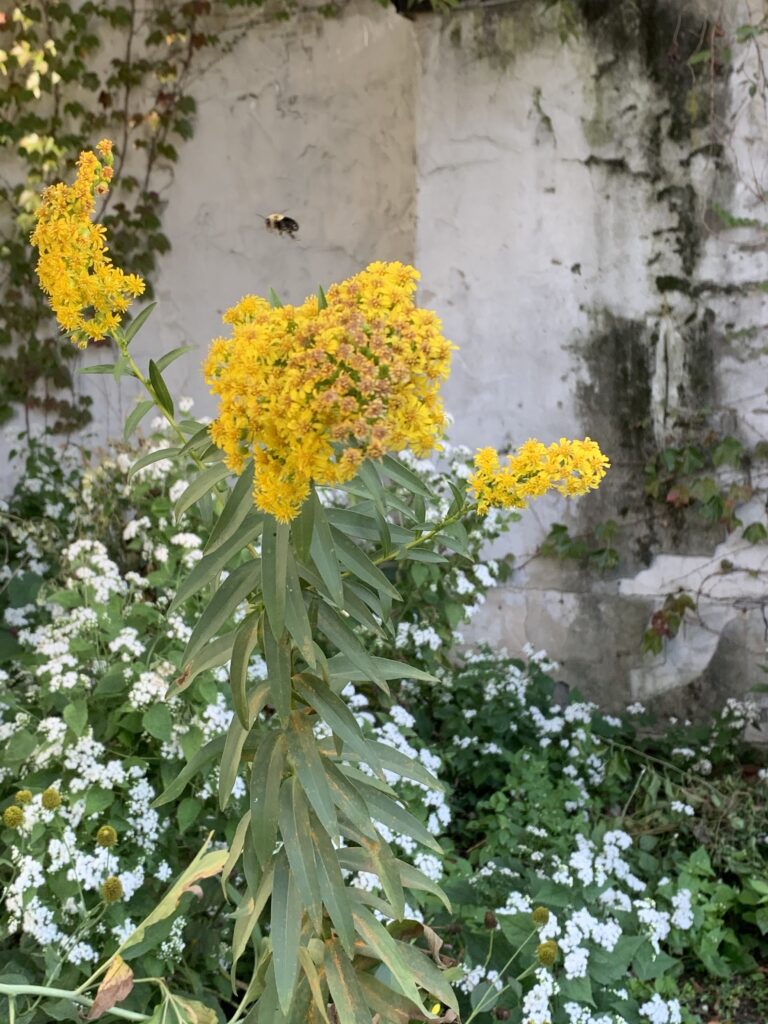
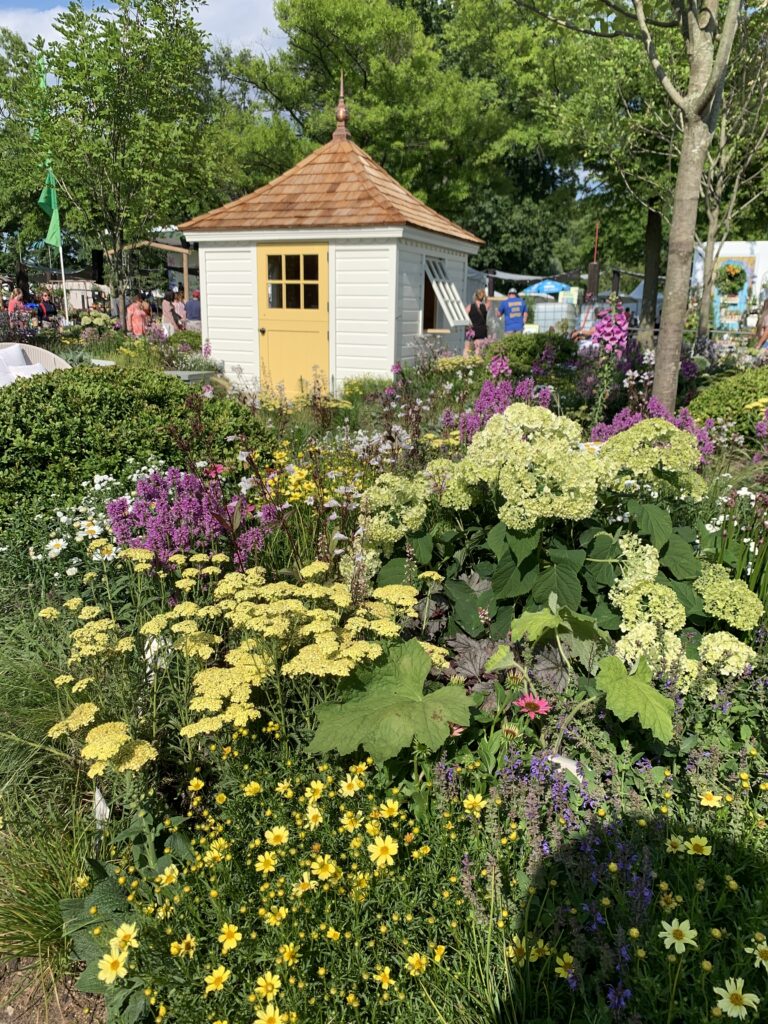
Over the past two years, the National Wildlife Federation has been working with PHS to transform a network of 26 vacant lots in West and Northwest Philadelphia into 50 climate-resilient pollinator gardens. These gardens reduce the impacts of climate change through heat absorption and flooding mitigation — while also serving as a stop for migrating pollinators, which enriches biodiversity and supports a stronger ecosystem.
Create a Butterfly Garden
You do not need a lot of space to have a butterfly garden or Monarch Waystation. A container garden on a terrace is sufficient. Laurel Hill Gardens in Chestnut Hill says it’s too early to plant a butterfly garden. They suggest you wait a couple of weeks until more native plants are available such as asters, zinnias, goldenrods, violet, sunflower, marigold, snapdragon, milkweed, and phlox. These are just a few of the many plants that attract butterflies. For a more complete list, visit your local nursery or visit Gardening for Butterflies.
A butterfly-friendly garden contains both adult nectar plants and caterpillar host plants. A few common vegetables and herbs, including dill, oregano, and parsley, also serve as caterpillar host plants. Many butterfly gardeners plant extra vegetables, enough for themselves and their caterpillars. As a bonus, butterfly gardens often attract hummingbirds.
Since butterflies are cold-blooded and need to be warm to fly and feed, you should plant your garden in a sunny area sheltered from the wind. Storms and windy days can batter a butterfly to bits. If there is no natural shelter, plant a windscreen such as Spicebush or another flowering shrub that can provide both food and shelter.
Adult butterflies prefer purple, red, yellow, orange, or pink blossoms; flat-topped or clustered flowers; and short flower tubes. As a result, your butterfly garden will be colorful!
Get Certified!
To qualify for the North American Butterfly Association (NABA) Certification Program at least three different nectar sources must be grown, preferably at least three of each selected species so caterpillars can find adequate food. Plus at least one milkweed plant to attract Monarchs. Because butterflies and many other beneficial pollinators are insects, insecticides and pesticides should not be used in your butterfly gardens, including Organic pesticides (they kill too). Gardeners may be certified online or by mail.
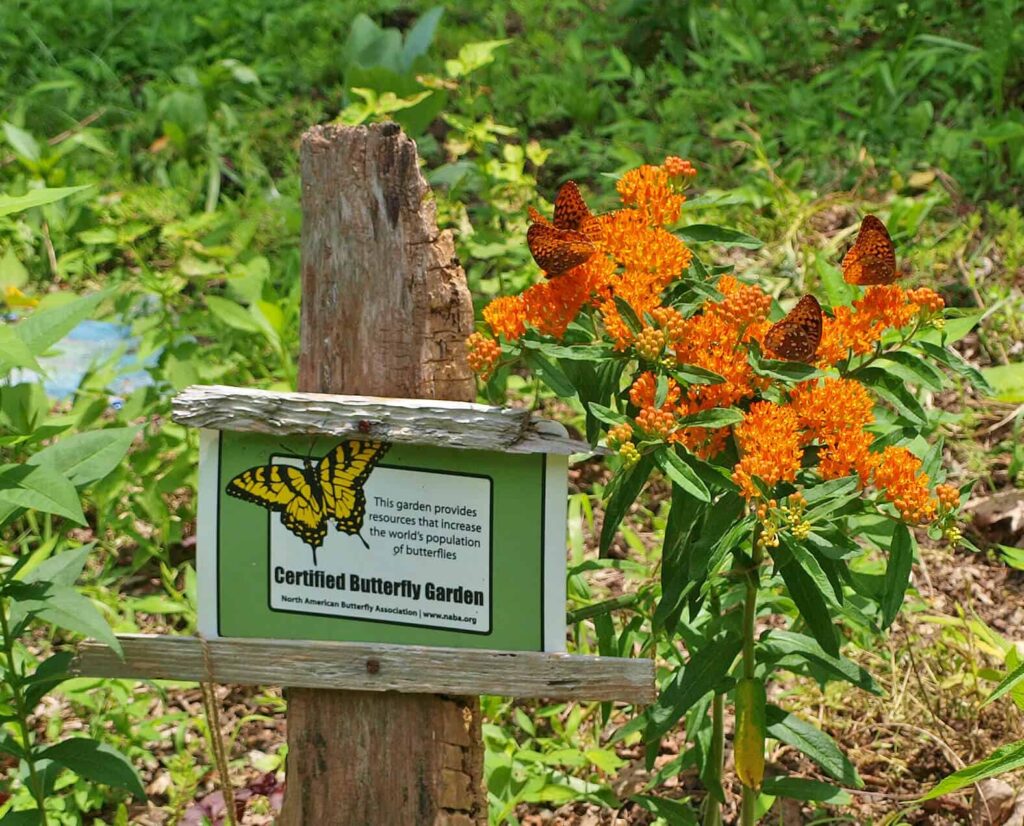
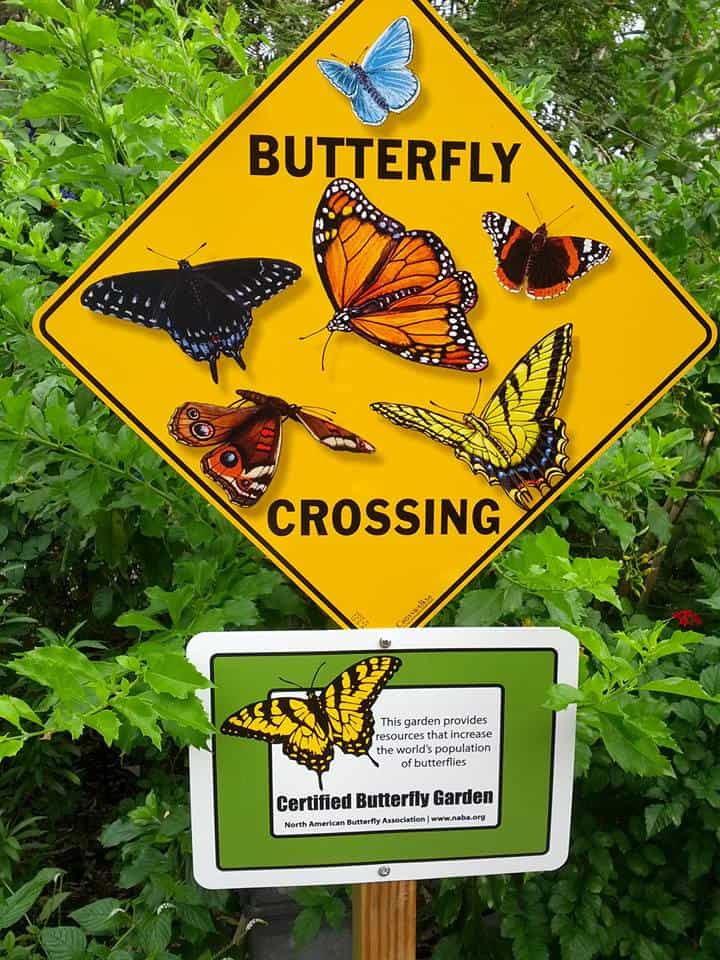
Once certified, you will receive a customized NABA Butterfly Garden and Habitat certificate. Certified butterfly gardeners may buy an outdoor, weatherproof certification sign with a Monarch image if their gardens contain at least one milkweed plant. You may also register your Monarch Waystation by filing out a Waystation Certification Application for a donation of $18. Penn State also has a Pollinator Garden Certification Program for $10. To apply visit Pollinator Habitat Certification.

Create a Bird-Friendly Habitat
Audubon Pennsylvania provides Bird-Friendly Garden Designs for different types of light, soil, and moisture conditions. If your garden receives full sun with dry soil, they recommend planting Mountain Mint, Butterfly Weed, Aromatic Aster, Black-eyed Susan, Purple Cornflower, Little Bluestem, and Prairie Dropseed. The result is an aromatic, colorful, varied garden sure to attract a variety of birds. For part sun and average soil which is probably common to most Philly gardens, they suggest Wild Geranium, Woodland Phlox, Black-eyed Susan, Trumpet Honeysuckle, Eastern Red Columbine, Arrowwood Viburnum, and Hairy Alumroot. For other light and soil combinations, refer to your local nursery or visit Audubon’s site.
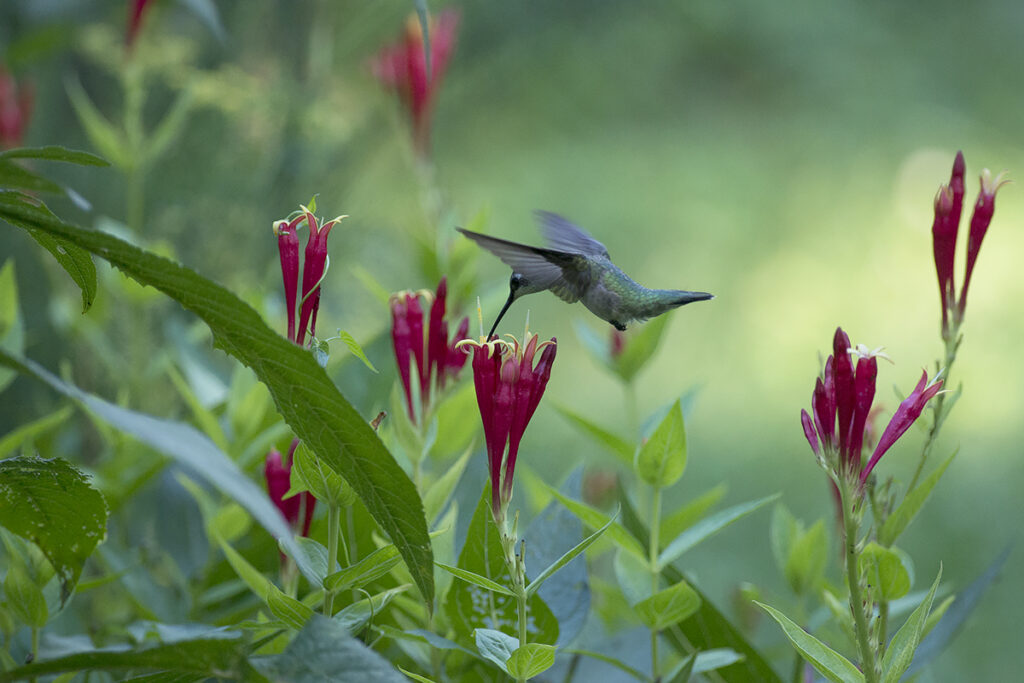
Audubon also offers certification for bird-friendly gardens. Visit their Certified Backyard Program for application and details. If you live in a hi-rise, get involved with Bird Safe Philly which encourages residents to pull down their window shades at night to avoid birds flying into windows.
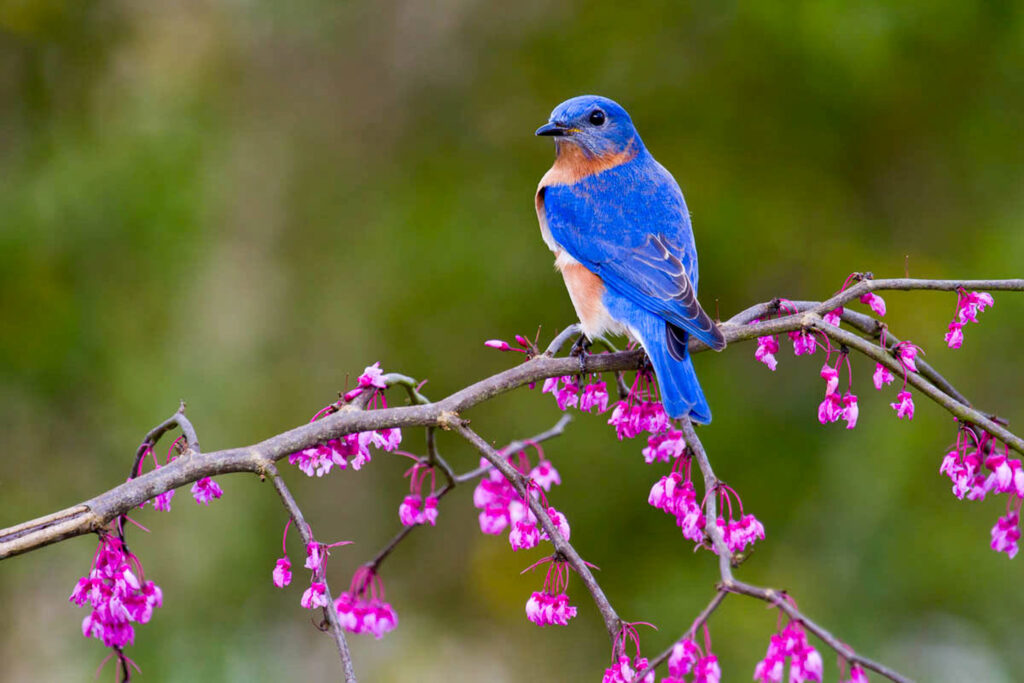
Protect Philly’s Watershed: Watershed-Friendly Certification
Reducing stormwater runoff and water pollution, conserving water, and supporting wildlife and pollinators are critical elements of healthy, watershed-friendly properties. Watershed-Friendly PA offers guidance and resources and allows property owners to fill out a simple online application to qualify for watershed-friendly property certification.
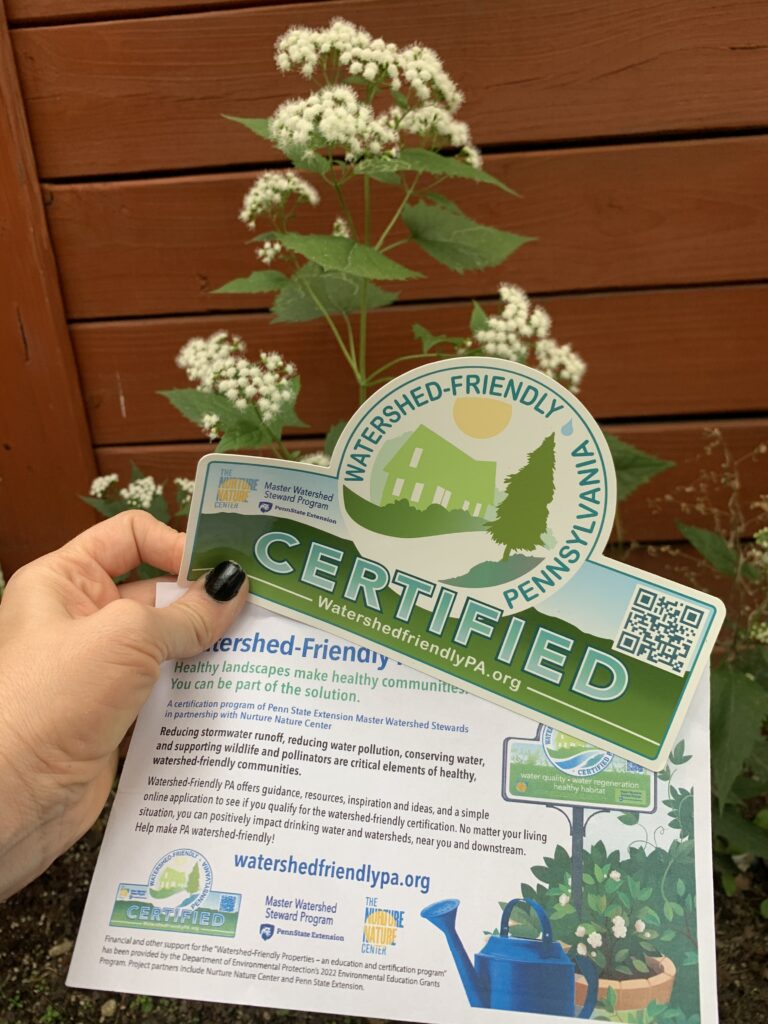
To qualify, install rain barrels and rain gardens, use only native plants, never use chemicals or insecticides, and divert downspouts to the garden, away from sidewalks and driveways. Also, fix leaky faucets, take shorter showers, and install low-flow shower heads. For more information about saving water and having your garden certified, visit Certifying Your Urban Small Lot.
We hope these tips on creating sustainable garden habitats for butterflies and birds while conserving your use of water, encourage you to rethink your Spring gardening plans, whether its limited to a few containers or an entire yard. For more gardening tips check out our post on planning your spring garden.





